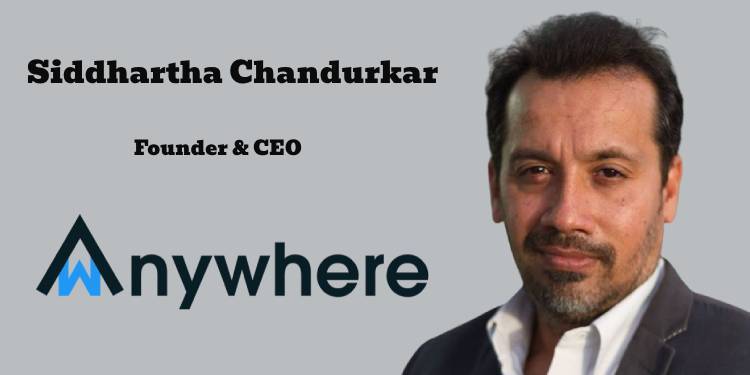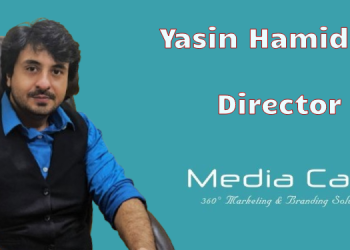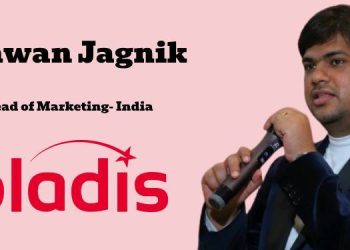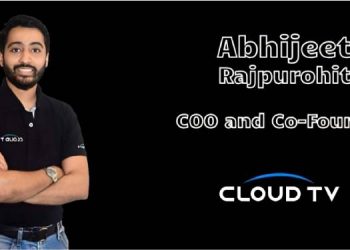Making a strong Brand Identity with a Distributed team is not an easy task although considering the points below can help firms achieve the desired success in achieving coherent brand messaging across platforms.
In a highly competitive and digital landscape, creating a strong brand identity is a formidable challenge. The brand-building today is not just about those appealing logos and catchy taglines – it’s a whole lot more than that. To create a strong brand identity, brands must focus on a people-first, future-driven, and wellness-oriented approach. In fact, companies with distributed teams are uniquely positioned and can now redefine branding that was previously unimaginable.
Global Talent to Strengthen Your Brand
Adopting a remote work model allows businesses to hire people around the world. This flexibility enables businesses to tap into a skilful, culturally fit workforce which aligns with the company’s vision as well. McKinsey Report observed that diversified organizations are 35% more likely to outperform their competitors. Remote work is also found immense appeal to top-tier talents who prioritize work-life balance and autonomy. Diverse teams also catalyse innovation, creativity, and productivity of firms by encouraging fresh takes and smart perspectives. Distributed teams also establish inclusivity of their employers as 71% of the people are more likely to opt for remote work. This reputation helps businesses to differentiate from competitors as well as strengthen their brand equity.
Word-of-Mouth Advocacy
Recent reports reveal that 82% of employees experience higher job satisfaction, and are 22% more happy while operating from a distributed work environment. This clearly shows that remote work can lead to a higher level of engagement, happiness, and satisfaction when executed effectively. When employees are happy, they are more likely to share their positive experiences with friends, ex-collogues, clients, and families. These organic promotions by employees can create a ripple effect, leading to attracting new clients, and talents, and even helping to humanize a firm’s brand image–making it trustworthy and relatable. With authentic voices to advocate for the company within professional circles, firms can take their brand equity to the next level.
Sustainability: The Green Edge of Remote Work
With the adverse effects of climate change becoming apparent by the day, integrating sustainability into business processes has become a pressing reality. When businesses operate with distributed teams, they minimize work-related commutes, infrastructure complexities, and energy-intensive operations, thereby reducing greenhouse gasses and air pollution significantly. This resource-saving approach positively impacts the environment besides helping businesses align with their environmental, social, and governance (ESG), and corporate social responsibility (CSR) goals. In general, sustainable businesses not only get the attention of environmentally-conscious stakeholders but also establish themselves as a credible, ethical, and human-centric brand in the market. Moreover, 91% of the customers trust and support companies that are contributing positively towards environmental sustainability.
Positioning as a Forward-Thinking and Adaptable Organization
As per the trends, 65% of Gen Zs and 64% of millennials would prefer remote work over other setups. When a digital-native workforce aspires to work in flexible arrangements, adaptable firms build a brand image that working professionals would aspire to work for. When businesses embrace distributed teams, they are sending a powerful message – that they are ready to adopt technological or social advancements without restricting to outdated practices. With the changing preferences of working professionals, businesses need to meet these expectations to be perceived as futuristic, innovation-driven, and wellness-oriented brands.
Conclusion
Building a strong brand identity with disturbed teams is not just about encouraging employees to work from anywhere–it equally means understanding what people need, prioritizing their well-being, and embracing the new ways of how people approach work. By empowering a culture of disturbed teamwork, businesses can establish a brand image that revolves around a technologically advanced, sustainable, and employee-driven perspective. This approach, in turn, gives a greater purpose for both employee and employer to work collaboratively. It’s high time that firms across business verticals start valuing the power of a disturbed workforce to build a unique brand identity – an identity that values agility, diversity, and purpose and helps uplift businesses as a leader in their fields.
(Views are personal)

















